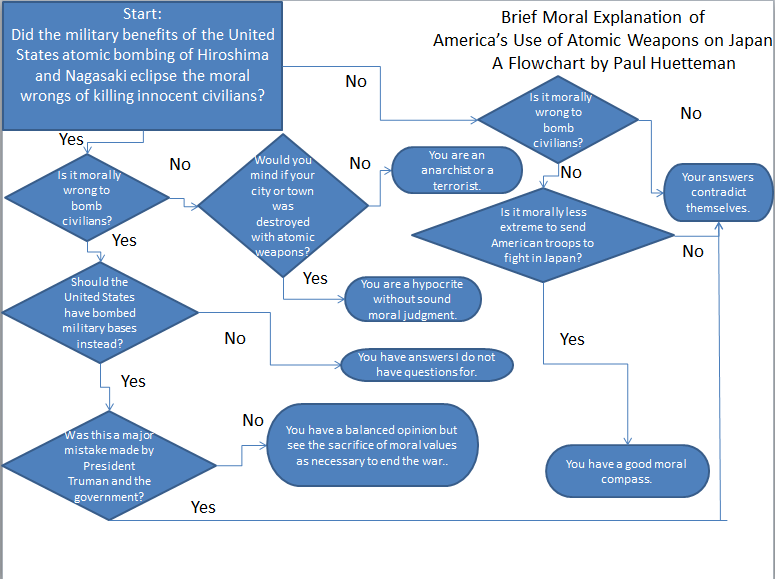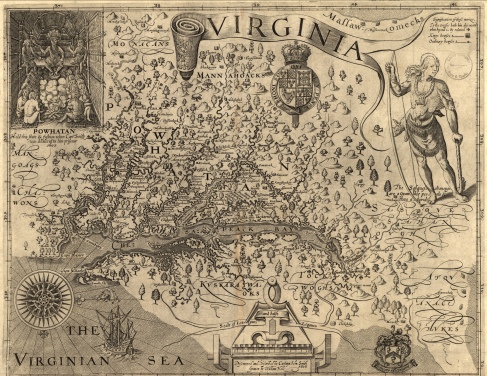Blog Entry 1: Part 1 Ch. 1-5
Chapters 1-5 of “The Immortal Life of Henrietta Lacks” introduced me to a new type of literature, as I have not had the opportunity to read a nonfiction novel dealing with detailed personal accounts about a medical condition before. Just reading about what Henrietta went through in Chapter 1 alone was painful for me, but I admired her bravery as she persevered through the difficult problems she had, both medically related and family/emotionally related alike. Henrietta and her sickness were interesting to read about because of how she handled her situation.
I had never heard of the substance radium before reading Chapter 5 of this book, and therefore I did not know it used to be one of the popular methods for treating cancer in the 1950s, particularly with cancer of the cervix. However, I do know that cancer patients today are not treated with radium today, due to the dangerous nature of the substance. Instead, today cancer patients are radiated by use of x-rays, gamma rays, charged particles, radioactive iodine and many other types of radiation. These methods, while not entirely safe, are much less risky than the use of radium. The use of radium, while successful in many cases of cancer in the 50s, has serious side effects and dangers surrounding it. However, it did help to develop these modern options for radiation.
Blog Entry 2: Part 1 Ch. 6-11
Chapters 6-11 of “The Immortal Life of Henrietta Lacks” were very eye-opening for me. I had not previously been exposed to literature that discusses such specific details of medical procedures and personal elements of the life of a person before. I found many of the events described in the book shocking and surprising. While reading the seventh chapter, I became further interested in the descriptions of what had happened to Henrietta Lacks in her lifetime, and was intrigued by her condition. It kept me reading and sparked my interest.
I was captivated to discover the fact that the doctors had failed to gain informed consent from the family of Henrietta to collect her cells and use them for research, since her family would most likely have not allowed them to do so. The lives of Henrietta and her family would be completely different had the doctors not performed these experiments. They would not have been famous, since the uniqueness of Henrietta’s situation would never have been shared with the world. I believe it is important to point out the fact that Henrietta would never have participated in any treatment or experimental research at Hopkins if she had been informed about the results of the treatment stunting her ability to become pregnant. The doctors twice manipulated Henrietta and her family, forever changing their lives and consequently causing them to distrust doctors and hospitals.
Research A: How have scientists and doctors been able to use Henrietta’s immortal cells to their advantage?
Scientists have been able to create cell lines to reproduce the immortal cells of Henrietta Lacks over and over again. They do this because of the advantages and special properties of these cells. Not only are these cells able to stay alive permanently in a lab; they are also able to reproduce quickly and without interruption. The discovery of these properties of the “HeLa” cells gave scientists the opportunity to study and learn more about the cells without fear of them dying, opening the doors for discovery. Scientists were able to use these cells to create vaccines for diseases such as polio and save millions of people. Scientists learned about cell cloning through the cell lines they were able to create with the HeLa cells. The HeLa cells also helped scientists correct the previous discovery of the number of human chromosomes from 48 to 46, and later determine the ability of these cells to act as stem cells, and function where certain cells have died. These are some of the most important uses scientists and doctors have had for the HeLa cells, and continue to take advantage of them for other reasons today.
Citation:
“Five Reasons Henrietta Lacks Is the Most Important Woman in Medical History.” Popular Science. N.p., 5 Feb. 2010. Web. 30 Nov. 2014. <http://www.popsci.com/science/article/2010-01/five-reasons-henrietta-lacks-most-important-woman-medical-history>
Freeman, Shanna. “How HeLa Cells Work.” HowStuffWorks. HowStuffWorks.com, n.d. Web. 28 Nov. 2014. <http://science.howstuffworks.com/life/cellular-microscopic/hela-cell.htm>

